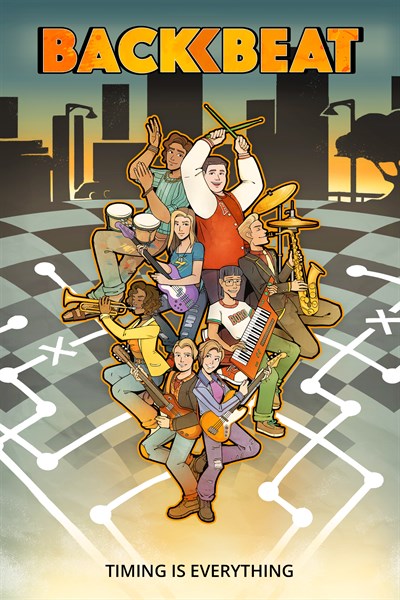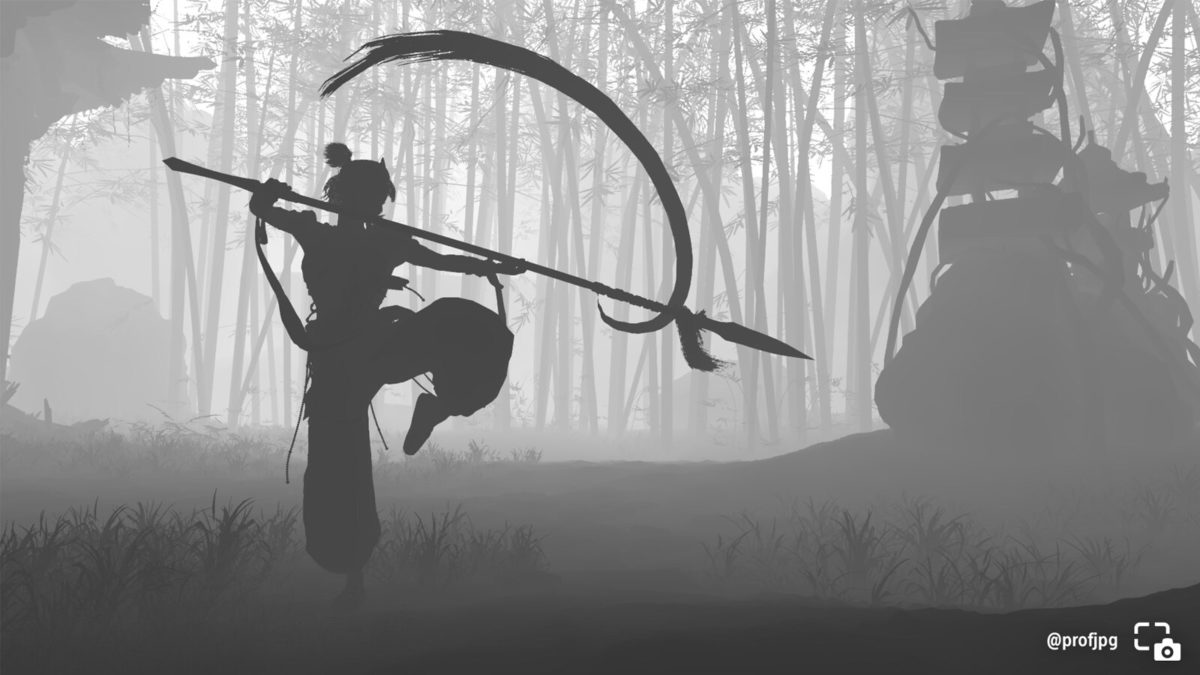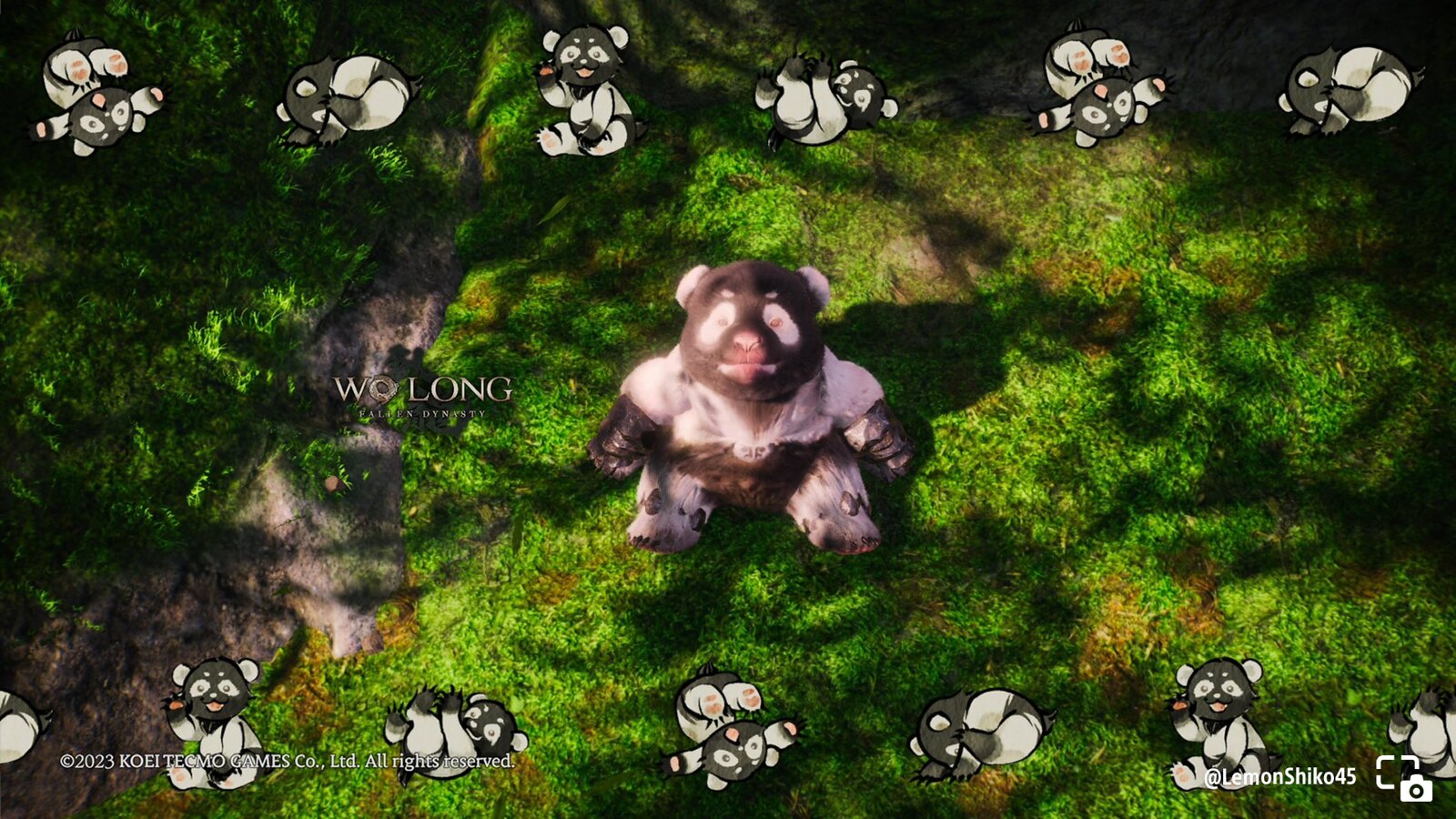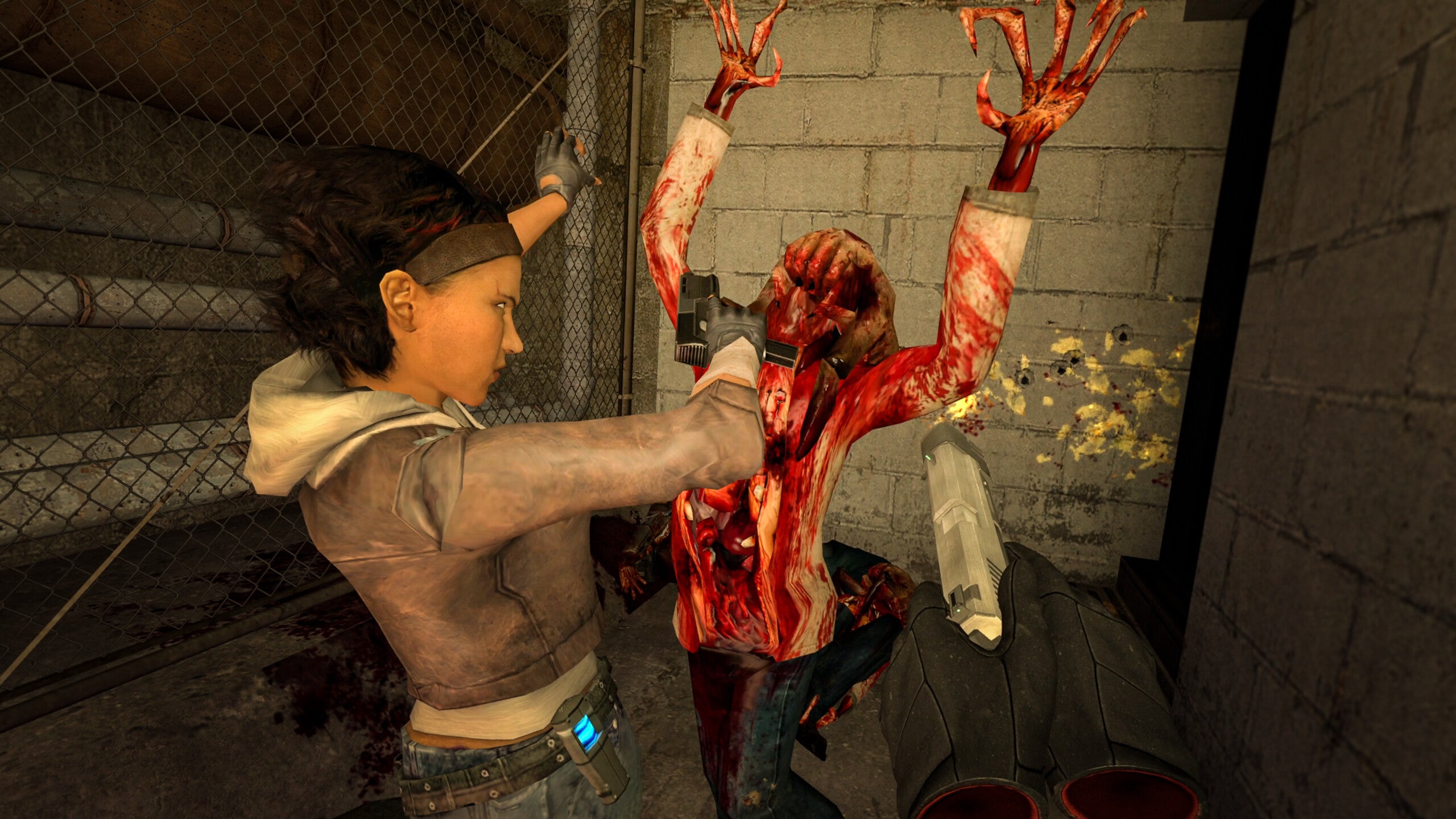The freaky little hooded creature, Xûr, is now live in Destiny 2 for the weekend until next week’s reset. If you’re looking to get your some shiny new Exotic armor or weapons for your Guardian, look no further.
Each week, Xûr has a random assortment of Exotic armor, one for each Guardian class, as well as a random Exotic Weapon and an Exotic Engram available for purchase. In addition to his Exotic wares, he’s got a random collection of Legendary weapons and armor to deck out your Guardians.
We’ve rounded up all the info on Xûr for the week including where to find Xûr, which Exotic weapons and armor are available, as well as which Legendary weapons you should pick up, either for PvE or PvP.
Where Is Xûr Located Today?
Xûr’s location can be found at Winding Cove in the EDZ on March 17 through March 21. To reach him, travel to the landing point at Winding Cove. When you arrive, make for the rock cliffs at the far end of the cove and look for a cave winding up to a platform next to some Fallen. There you’ll find the retail monster who inspires us all.
What’s Xûr Selling Today?
Exotic Engram
Lord of Wolves – Exotic Shotgun
Lucky Raspberry – Exotic Hunter Chest Armor
- 14 Mobility
- 8 Resilience
- 13 Recovery
- 21 Discipline
- 10 Intellect
- 2 Strength
- Total: 68
Crest of Alpha Lupi – Exotic Titan Chest Armor
- 3 Mobility
- 17 Resilience
- 11 Recovery
- 2 Discipline
- 21 Intellect
- 10 Strength
- Total: 64
Geong Stabilizers – Exotic Warlock Boots
- 22 Mobility
- 8 Resilience
- 4 Recovery
- 10 Discipline
- 6 Intellect
- 17 Strength
- Total: 67
Hunters and Warlocks have some truly cool rolls, both spikey and useful in a variety of builds (though I sure wish Resilience were higher on both). Still, with stats that high, I’d say either of these is worth picking up!
Exotic Weapons
Hawkmoon – Exotic Hand Cannon
- Paracausal Shot
- Arrowhead Brake
- Alloy Magazine
- Rangefinder
- Heavy Grip
Dead Man’s Tale – Exotic Scout Rifle
- Cranial Spike
- Corkscrew Rifling
- Flared Magwell
- Outlaw
- Composite Stock
Both rolls for these exotics this week are just okay. Hawkmoon with Alloy Magazine and Rangefinder is nothing to turn your nose at (though Xur’s definitely offered better rolls), and DMT is much more exciting to me, though Outlaw is always good to have.
Legendary Weapons
Firefright – Auto Rifle
- Corkscrew Rifling/Polygonal Rifling
- Extended Mag/Armor-Piercing Rounds
- Fragile Focus
- Surrounded
- Extrovert
- Range Masterwork
Judgement of Kelgorath – Glaive
- Tempered Truss Rod/Lightweight Emitter
- Alloy Magazine/Light Mag
- Immovable Object
- Close to Melee
- Ambush
- Charge Time/Shield Duration Masterwork
Blast Battue – Grenade Launcher
- Countermass/Smart Drift Control
- Spike Grenades/High-Explosive Ordnance
- Threat Detector
- Wellspring
- Reload Speed Masterwork
Deafening Whisper – Grenade Launcher
- Volatile Launch/Linear Compensator
- High-Velocity Rounds/Implosion Rounds
- Killing Wind
- Threat Detector
- Blast Radius Masterwork
Death Adder – Submachine Gun
- Arrowhead Brake/Hammer-Forged Rifling
- Appended Mag/Steady Rounds
- Feeding Frenzy
- Quickdraw
- Handling Masterwork
IKELOS_SMG_V1.0.3 – Submachine Gun
- Arrowhead Brake/Hammer-Forged Rifling
- Extended Mag/Alloy Magazine
- Killing Wind
- Tap The Trigger
- Rasputin’s Arsenal
- Handling Masterwork
Eternity’s Edge/Crown-Splitter/Quickfang – Class Sword
- Sword & Perks vary by class
My top picks this week are Death Adder and Judgement of Kelgorath. Death Adder with Feeding Frenzy and Quickdraw are a great synergistic set of perks that will get you into the fight fast and keep your ammo stores stocked up. Judgement of Kelgorath is an extremely rare glaive drop from Xur that’s a nice change of pace from his usual stock. Plus, with Close to Melee and Immovable Object are both great glaive perks!
Warlock Legendary Armor
For Warlocks, Xûr is selling the Pathfinder set which includes:
Pathfinder Gauntlets
- 12 Mobility
- 10 Resilience
- 2 Recovery
- 10 Discipline
- 16 Intellect
- 2 Strength
- Total: 52
Pathfinder Chest Armor
- 14 Mobility
- 12 Resilience
- 2 Recovery
- 10 Discipline
- 13 Intellect
- 2 Strength
- Total: 53
Pathfinder Helmet
- 8 Mobility
- 6 Resilience
- 12 Recovery
- 7 Discipline
- 12 Intellect
- 6 Strength
- Total: 51
Pathfinder Leg Armor
- 6 Mobility
- 2 Resilience
- 18 Recovery
- 12 Discipline
- 12 Intellect
- 2 Strength
- Total: 52
Pathfinder Bond
Warlocks have some extremely bad armor this week and you shouldn’t consider any of it even a little!
Titan Legendary Armor
For Titans, Xûr is selling the Pathfinder set which includes:
Pathfinder Gauntlets
- 7 Mobility
- 7 Resilience
- 11 Recovery
- 9 Discipline
- 2 Intellect
- 16 Strength
- Total: 52
Pathfinder Chest Armor
- 2 Mobility
- 10 Resilience
- 12 Recovery
- 25 Discipline
- 2 Intellect
- 2 Strength
- Total: 53
Pathfinder Helmet
- 7 Mobility
- 20 Resilience
- 2 Recovery
- 12 Discipline
- 2 Intellect
- 15 Strength
- Total: 58
Pathfinder Leg Armor
- 6 Mobility
- 8 Resilience
- 12 Recovery
- 6 Discipline
- 6 Intellect
- 13 Strength
- Total: 51
Pathfinder Mark
Titans got shafted this week as well, folks. The only interesting roll is the chestpiece with 25 Discipline, but the stats are so low otherwise it’s really not worth considering.
Hunter Legendary Armor
For Hunters, Xûr is selling the Pathfinder set which includes:
Pathfinder Gauntlets
- 6 Mobility
- 2 Resilience
- 19 Recovery
- 15 Discipline
- 2 Intellect
- 12 Strength
- Total: 56
Pathfinder Chest Armor
- 17 Mobility
- 6 Resilience
- 2 Recovery
- 13 Discipline
- 2 Intellect
- 13 Strength
- Total: 53
Pathfinder Helmet
- 2 Mobility
- 6 Resilience
- 19 Recovery
- 6 Discipline
- 7 Intellect
- 14 Strength
- Total: 54
Pathfinder Leg Armor
- 26 Mobility
- 2 Resilience
- 2 Recovery
- 6 Discipline
- 11 Intellect
- 6 Strength
- Total: 53
PathfinderCloak
And to wrap things up, Hunters got a big ol’ goose egg as well. The 26 Mobility boots would be interesting if they weren’t terrible in every other category. Too bad!
That’s a wrap on Xûr for this week, Guardians! What are your impressions of Lightfall so far? Have you taken on Nezarec in the Root of Nightmares raid yet? Let us know in the comments! For more on Destiny, check out some of the new weapons and gear you can find in Lightfall or our walkthrough of Lightfall’s campaign.
Travis Northup is a writer for IGN. You can follow him on Twitter @TieGuyTravis and read his games coverage here.


 Layers Of Fear — recently
Layers Of Fear — recently 












 Half-Life 2 VR mod announced they were
Half-Life 2 VR mod announced they were 
 survival games. With
survival games. With 














